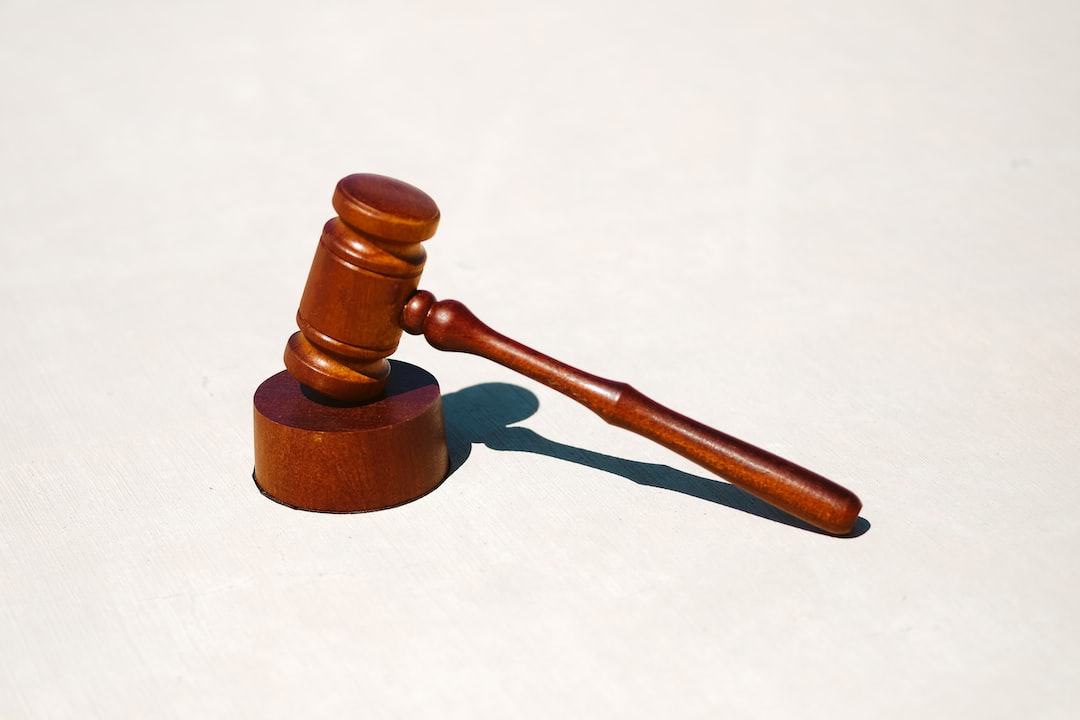The Process of Filing a Lawsuit and Civil Litigation
In today’s complex world, lawsuits have become a common occurrence. Whether it is a dispute between individuals, organizations, or even the government, the process of filing a lawsuit and navigating the civil litigation system can be convoluted and overwhelming. This blog post aims to provide a comprehensive overview of the steps involved in filing a lawsuit and the process of civil litigation.
Step 1: Consultation with an Attorney
Before initiating a lawsuit, it is essential to seek the advice of a competent attorney who specializes in the relevant area of law. Attorneys possess the knowledge and expertise necessary to evaluate your case’s merits, advise you on legal options, and guide you through the entire litigation process.
Step 2: Investigation and Pre-litigation
Once you have chosen an attorney, they will investigate the facts surrounding your case. This involves gathering evidence, interviewing witnesses, reviewing documents, and assessing the potential for success in court. In some cases, your attorney may negotiate with the opposing party to reach a settlement before filing a lawsuit, avoiding litigation altogether.
Step 3: Drafting the Complaint
If settlement negotiations fail or are not possible, your attorney will draft a formal legal document called a complaint. This document outlines the grievances and claims against the defendant and details the relief sought by the plaintiff. The complaint must meet specific legal requirements and be filed with the appropriate court.
Step 4: Filing the Complaint
Filing the complaint involves submitting the document to the appropriate court and paying the required filing fee. Depending on the complexity of the case and jurisdiction, this may occur in person or electronically. The court clerk assigns a case number, and the complaint is officially entered into the court’s records.
Step 5: Service of Process
After filing the complaint, the plaintiff’s attorney must provide the defendant with proper notice of the lawsuit, known as service of process. This ensures that the defendant is aware of the allegations and legal action against them. Proper service can be accomplished through personal delivery, certified mail, or other approved methods, depending on the court’s rules.
Step 6: Defendant’s Response
Once served, the defendant has a specific period, usually 20-30 days, to respond to the complaint. The defendant’s response typically takes the form of an answer. In some cases, the defendant may file a counterclaim against the plaintiff or raise various defenses to challenge the validity of the lawsuit.
Step 7: Discovery
The discovery phase allows both parties to gather evidence, exchange information, and build their respective cases. Discovery methods include interrogatories (written questions), depositions (oral testimony under oath), requests for production of documents, and requests for admissions. This phase can be lengthy, as each side strives to understand the strengths and weaknesses of the opposing party’s case.
Step 8: Motion Practice
During the discovery process, either party may file various motions seeking court intervention or resolution of specific issues. These can include motions for summary judgment (asking the court to decide the case without a trial), motions to suppress evidence, or motions to dismiss the case entirely. The court will hear arguments and make rulings on these motions as necessary.
Step 9: Settlement Negotiations or Mediation
Before going to trial, it is common for parties to engage in settlement negotiations or participate in mediation. This allows the parties to explore potential resolutions and potentially avoid the time-consuming and costly process of a trial. Mediation involves a neutral third party assisting in facilitating negotiations, while settlement negotiations occur directly between the parties or their attorneys.
Step 10: Trial
If settlement negotiations and mediation efforts fail, the case proceeds to trial. Both sides present their evidence, call witnesses, and make legal arguments in front of a judge or jury. Depending on the court’s docket, trials can take days, weeks, or even months. The judge or jury then deliberates and renders a verdict, determining liability and potential damages.
Step 11: Post-Trial Motion and Appeals
After the trial is concluded, either party may file post-trial motions seeking to challenge or clarify certain aspects of the court’s decision. If either the plaintiff or the defendant is unsatisfied with the outcome, they may choose to file an appeal with a higher court. The appeals process evaluates whether the trial was conducted fairly and whether any errors affected the outcome.
This overview highlights the fundamental steps of filing a lawsuit and navigating the process of civil litigation. While the steps outlined here provide a general framework, it is important to remember that each case is unique and can involve additional complexities. Therefore, consulting with a qualified attorney is crucial to ensuring that your rights are protected and that you have a clear understanding of the specific requirements and procedures applicable to your case.

